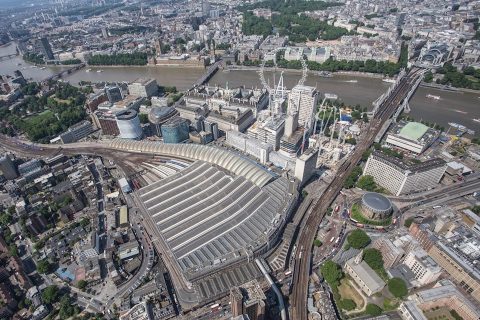Rail ignored by 75% of climate plans: can COP28 change this?

This Thursday, the UN climate conference COP28 kicked off in Dubai. Though transport is not one of the main topics, railway sector organisations try their best to draw attention to rail as much as possible by advocating for railways as an important player in reducing emissions.
Want to read more?
You have read all of your free premium articles for this month. Please become a subscriber to keep reading.
Subscribe now!
Take advantage of our exclusive offer to get full access to all premium content.




